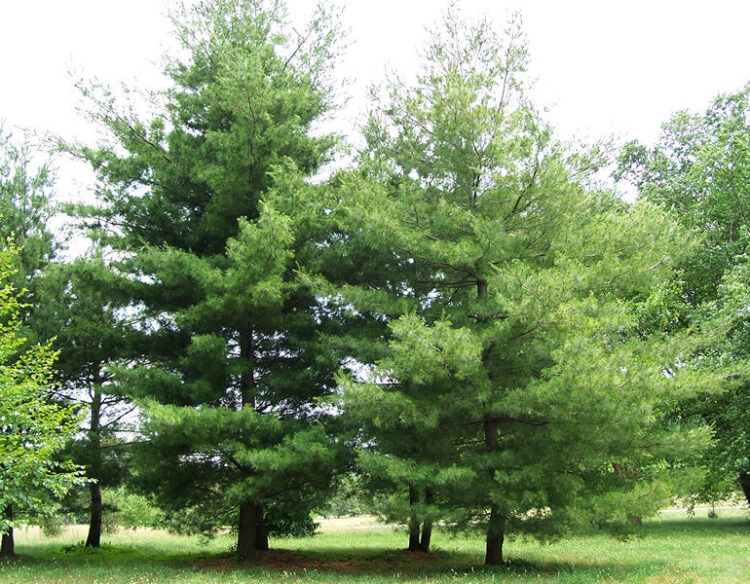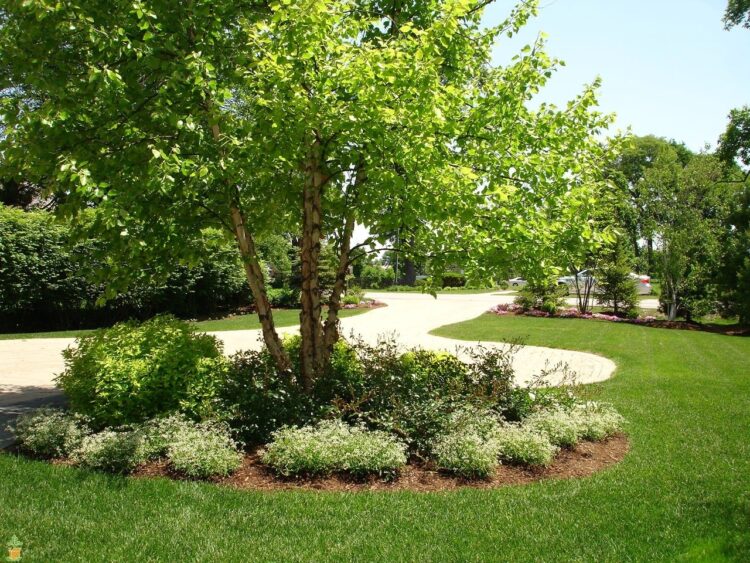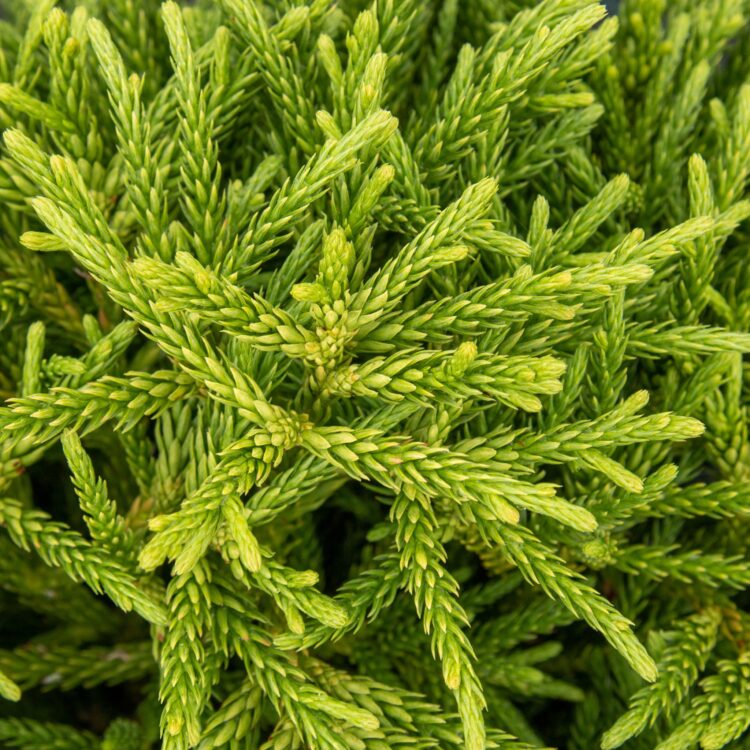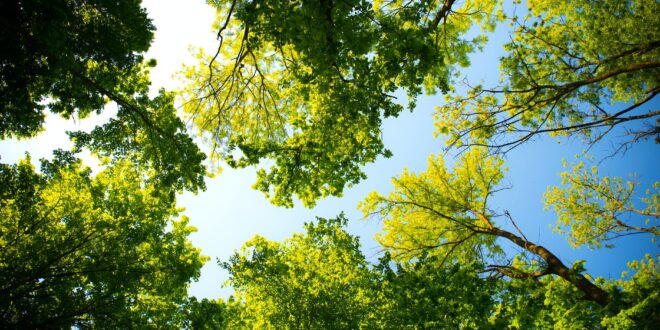Creating a living wall of plants is a creative way to obtain privacy for your patio or deck, or to hide the unappealing view of outside. An existing plant wall is much more appealing and lively than a fence, as it adds a sense of freshness and color to the overall look of your house.
While planting, there are many factors one must consider when selecting the most suitable tree. In the South, the environments are divided into several groupings; dry, wet, moist, bottomland, and upland. Some plants are dominantly grown, while others rarely even survive. When plants finally adjust to a local environment, they grow finely. Learn more about which trees are the most suitable for southern weather and climate.
Best Privacy Trees for Southern Climates
Some of the best and most suitable trees you can consider growing in the South are the following.
Eastern White Pine

Eastern white pine is dominated as the tree of peace in united apart from receiving a catchy title the eastern pine tree can be of great use if considered for landscaping or natural fencing. This tree can grow up to 189 ft. Tall and can provide shade up to 16ft. The eastern pine cone has a meager mortality rate and can give some privacy from the surrounding neighbors and somehow resists to catch fire. It can also be used as a Christmas tree, or the pines can be sold to a required segment.
Eastern Red Cedar
The eastern Red cedar is an evergreen green oriental tree that can be used as a fence for small houses because of its heavily bushed branches. The tree can provide a pretty good cover from unpleasant sounds and neighbors or some stalkers trying to peep in. The red cedar is also useful in daily life for different purposes as fencing wood since its lightweight and durable it’s also used in sets of furniture and constructions The quality of rot and fire intolerance makes the tree an excellent choice to grow as a fence.
The Hickory Tree
The hickory is a sweet-scented tree and has been used for fencing for quite long. They grow edible nuts and small yellow, green flowers during the spring that gives out a sweet scent, and since the tree is quite tall and bushy, it gives moderate privacy to middle-sized houses. This tree produces beautiful landscaping due to the flowers and other growths other than that the hickory wood is stiff and hard and usually used in the making of baseball bats.
Live Oak
Live oak is an evergreen low hanging tree with almost 60ft of height and a widespread of stout branches. Live oak can be an excellent selection for landscaping and fencing around your property since they live up to almost 470 years. They provide an attractive cover to the park from outdoor peeking and strong winds. Live oak is used for structural frames for objects and woodwork.
River Birch

The river birch tree can be the right choice while considering using natural fencing. This tree grows up to 100 ft, with exceptionally shaped leafy branches. The river birch tree is adaptable to almost all the situations, making it a considerable tree for landscaping around properties. The inner bark of river birch is edible, essential oils are extracted out of it, and it’s also used as a sweetener. The river birch tree is not used commercially, but the wood itself is knotted, which makes it durable hence occasionally, it is used on woodware.
Yellow Buckeye
Yellow buckeye tree serves the purpose of your privacy, and the view out of your window is a fast-growing tree that survives the best in moist surroundings. The yellow buckeye has ornamental flowers that can provide your fence a natural look and a soothing sight. The yellow buckeye is used to make wooden boxes, and temporary furniture and some species also produce edible nuts.
Laurel Oak
https://www.youtube.com/watch?v=wroh3jTciC0
Laurel oak is a humongous evergreen tree forming a crown shape when it grows ultimately. Laurel oak is widely used for landscaping and serves well as a natural fence. This tree is used as an ornament having a variety of flowers and different foods for wildlife. It is commercially used for pulpwood and fuel for various purposes.
Peachtree
The South has the perfect conditions for a peach tree, and it can be used for fencing pretty well. They grow up to 25 ft. And spread around 7ft and can provide privacy for small houses and landscaping. Talking about it uses what else could be better than homegrown fruits.
Cryptomeria

Cryptomerias are insanely large trees but also do vary in size and can grow up to 230 ft. Cryptomeria is an evergreen tree with a vertical spine shaped leaves and a sweet smell and prevents insects. This tree can provide a pleasant fence for almost all types of properties. The over the shape of cryptomeria is aesthetically pleasing to look at. Household furniture items are often manufactured from its bark.
Holly
Holly is a subtropical slow-growing evergreen tree that can grow up to 90 ft. Tall. The widespread of the holly tree varies from species to species. It grows various drupes over the season with different bright colors. The holly tree can be an excellent natural fence since it provides an ornamental look with its shiny leaves and berry, and it can be an excellent privacy screen from unpleasant neighbors.
Make sure to do a complete survey before planting any trees. It would be favorable to be confident that the soil conditions are ideal for the tree you’ve chosen. Before deciding how closely to plant each tree, make sure to consider the tree’s growth pattern. Keep your preference in mind. If you take down trees often for wood, make sure you plant a fast-growing tree, or if you want a natural look around, your eyes can opt for evergreen and ornamental trees. Take care of all lines of utility by mapping them out, so the trees’ growth does not interfere with any of them. After you have considered all these factors, start landscaping.
 Hi Boox Popular Magazine 2024
Hi Boox Popular Magazine 2024



